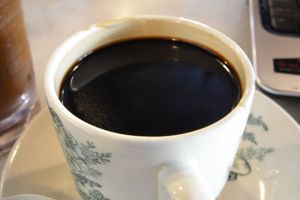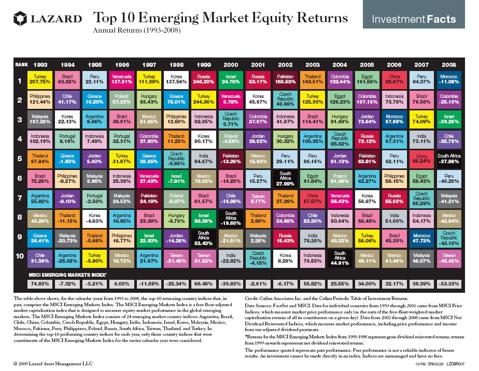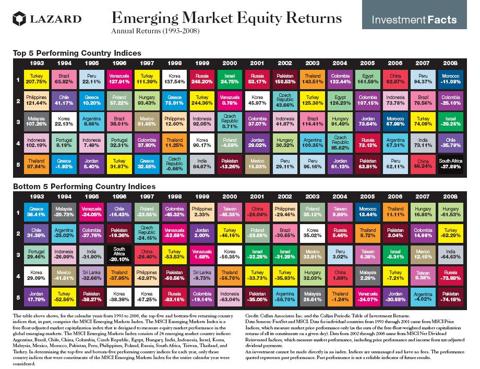

Hah! Try to start a war, ... do this. Debating the best places in the world for coffees. Do you try to define first what is good coffee. Its usually not manufactured or off the assembly line. Its aromatic and your first gulp will leave you going "aaahhhh ... nice...".
Some places on earth have a warped idea of what coffee is. For all its wealth, Japan serves pretty shitty coffee, and they don't give you fresh milk, just the artificial "can-even-survive-Armageddon" UHT milk. In Austria, generally you go anywhere for coffee, they will serve you Nescafe.
An interesting fact that nobody will get right, I think. Which city on earth drink more coffee per head of capita than anywhere else in the world? Answer at the bottom of posting. Guess first la!
Why is it that certain countries do not strive to serve "really good" coffee? Why are we settling for instant coffee in some places, or blandly brewed coffee? I mean, if we have hamburgers, we will strive to find places that serves the best burgers. In the US, people will travel miles to go to certain locations that serve superior burgers... why is that kind of yearning missing for coffee in so many countries ... you name it, Japan, HK, Austria, China, Germany, Taiwan ..etc.. while some people will seek and search with a burning passion?
Malaysians as a whole are pretty keen on their coffees. While we still lack the "Italian cafes" in our midst, we have more than sufficient the plethora of very decent local coffee flavours. Coffee plants cover only 25,000 hectares or so in Malaysia (primarily in Kedah, Kelantan, Selangor, Terengganu, and Pahang states). What little coffee is grown in Malaysia is consumed here, and because there's no export dollars to be gained from the industry there's been no official emphasis on improving the crop's quality.
About 95% of Malaysia's coffee beans come from liberica plants, a little-known variety that's also grown in west Africa and accounts for less than 2% of the world's coffee (most coffee comes from arabica and robusta beans). A liberica tree can grow as tall as 18 meters; its leaves are large and leathery, it produces big fruits and seeds, and it's extremely hardy. Professional tasters describe the bean's flavor characteristics as "undesirable" - thin, harsh, acidic. All of which means that you're unlikely to find a Malaysian bean or blend on offer at Starbucks or Coffee Bean anytime soon.
However, careful cultivation and skilled roasting can make even liberica beans shine. Some Malaysian roasters add sugar during the process, which lends a hint of caramel to the cup. Ipoh's famous 'white' coffee is roasted in butter (or, less desirably, margarine), which makes for one smooth caffeine hit. Besides the famous Ipoh's white coffee, there are other areas where the coffee taste and aromas stand out: Kemaman, Kluang ... Owing to the Western-commercialisation of our culture, younger Malaysians tend to gravitate towards the Starbucks and Coffee Beans. We need to rediscover our roots and heritage, Malaysian coffee is pretty good by global standards. Stand up and be proud.
Well, guess what, the many variety of local coffees in the pre-packaged bags sell very well in HK, Singapore and Thailand - ever wonder why there are so many varieties on the supermarket shelves just over the last few years??? For one, many of them have discovered the wonders of freeze-packaging and the ability for taste retention with good duration.... and that many foreigners love Malaysian coffees. Good and decent coffee must be made relatively fresh, which is why most Malaysian coffees are pretty much up there - the closer the establishment is to roasting the coffee, the better will be the coffee, hence smaller towns' coffee always win.The natural winner has to be Italy where they have perfected it. It is so ingrained into their blood that they don't know how to make a bad cup of coffee, or rather they would never serve you bad coffee, its just not done. The French for all their outdoor cafes have no idea what good coffee is. Australia has a surprisingly vibrant coffee culture, thanks in part to its huge Italian and Greek immigrants and their great cafe culture.
HK is just like Japan, its pretty commercialised and crass. The UK is pretty bad, and surprisingly the US is pretty bland. The Indonesian civet cat droppings coffee seeds (kopi luwak) is good but would you pay USD$30 for a cup? Coffee has to be affordable as serious drinkers would need at least a couple of shots a day. Vietnamese coffee is always pleasurable, but the fucking drip process takes so long, maybe all that wait is causing you to salivate and thus making the final drink more tasty. Thailand is a good too but pales a little whenever compared to Vietnamese coffee, plus Thai coffee has to be iced coffee only. The ones in Turkey are so thick it can make your spoon stand, an acquired taste. I heard its pretty good in Latin America as well. Costa Rica, Guatemala and Cuba are pretty exceptional too.
If we want to talk about commercial outlets, we have a few in Malaysia, and if I had to rank them it would be Espressamente Illy, Dome, Segafredo Zanetti, San Francisco, Starbucks, Coffee Bean in that order... Gloria Jeans should just drop dead. Oh, btw, ice blended drinks are not coffee.
Really good coffee should be drunk espresso style or Americano style (just the shots of coffee or with some hot water). If you are going to add milk or make a latte/cappy, then please use very good milk. Go ask the commercial chains which milk they use? To me, the best tasting milk is Farm House from Australia. It adds layers of richness to your coffee.
You know how many people in HK and Malaysia love their yin-yeong (coffes-tea mix). There is also a distinctive Malaysian coffee-mix drink, when drinking kopi-o or nescafe, just add one teaspoon of Horlicks into it, its an enhancer for sure. Talking about mixed coffee drinks, I came across this stupid Malaysian coffee joke. Next time go to your kopi tiam and order the mixed drink of Horlicks, Milo, Coffee and Tea... better known as LickMyKoTeh (foreigners need to ask their Malaysian friends for translation) - I told you it was stupid!!!
If you are in Malaysia and you see a dire lacking in Italian-type cafes, what can you do.... go and buy a Nespresso machine, then try out the various freeze-packed freshly ground coffee which Nescafe will sell and home-deliver to you - they are very very good, just bring along your own human Italian barista for decor and desired effect.
Below is one of the Nespresso machines (RM1,500 only). Please note I have not been paid by Nespresso.


p/s photos: Pat-Napapha Tuntrakul / answer: Wellington, New Zealand






































